I recently had the opportunity to speak with the amazing Facebook and advertising genius, Miranda Ivey! I’ve been following Miranda for several years and I’m super excited to share her wisdom with you today.
We had a great conversation all about Facebook (and some Instagram) – particularly when it comes to its use in wellness, naturopath, nutritionist, herbalist, and practitioner markets. We covered a lot of ground, so to make it easier to digest, I’ve created summaries of each topic we discussed, below. You can watch the video above if you’d like to hear every word!
Let’s get to it!
What are Facebook / Instagram Comment Pods and Do They Work?
Essentially, 10 or 20 people in a group like yours get together and agree to like and comment on each other’s posts on a regular basis. It might be daily, weekly, or a couple of times a week. The intention is to build engagement because the more comments and likes a post has, the longer it’s going to stay visible in the feed. Particularly with Instagram, which no longer has a chronological feed, but instead is based on engagement.
The problem with this is that this isn’t helping your posts be seen by your customers. If you are a practitioner and your group of practitioners agrees to like and comment on posts, it’s all practitioners who are seeing the posts. That activity doesn’t spread your post out to other people who are your actual audience. It’s nice to have likes and comments, but your goal should be to have real followers.
Another problem with this tactic is that the more you click on something, the more Facebook or Instagram thinks you like that topic – so they show you more and more of the same type of thing, including other practitioners who aren’t part of your group! Facebook and Instagram want you to stay on their platform for as long as possible, so they show you the same things over and over again because they think that’s what you like.
I’m not a fan of comment pods. There much better ways to build your following and also to spend your time!
Hashtags
A lot of you may not have used hashtags before. Hashtags are like SEO for social media. They work as a search function on social media platforms.
One way to use them is to search for hashtags related to organisations or suppliers you use and recommend, brands that you use and like (things like sauerkraut brands or supplement brands) or retreats you might want to feature. Once you find them, click the little hearts to like their posts and make some comments.
This will not only build a genuine relationship instead of a fake one (where you’re just trying to manipulate the system), but it will let Facebook or Instagram know what you are really interested in, and they will do a better job of showing you things you’d like to see.
You can also see who else is following those brands. You might find some interested customers there you can genuinely connect with!
Facebook Ads
Another reason not to use comment pods is that when you create an actual ad, Facebook will show that ad to your audience – the people who have been liking and commenting on your posts. If the people who have been liking and commenting on your posts are all your colleagues, they will be the ones who see those ads instead of the customers you’re trying to attract.
It’s very important to build an audience of the people who actually need you or who are interested in your services.
Instagram Use
A quick tip for Instagram. Before you consume, connect and create.
It’s really easy to get sucked into Instagram and before you know it, you’ve spent a long time liking pictures and watching dog videos. So before you even start any of that, do your intentional Instagram activities first. Create your posts and genuinely connect with your audience (at least 10 people). THEN you can go down the rabbit hole.
To Boost or Not to Boost?
Things have changed on this topic. A couple of years ago, I would have told you to never boost a post. But now, it can be useful, but ONLY if you boost strategically.
Most people boost posts randomly. They pick a post they like and boost it to get more people to see it.
Instead, a post that is already getting some good likes and comments and shares – that’s the post you want to boost. It’s already got some engagement going, which will encourage more engagement after it’s boosted.
Facebook will encourage you to boost posts because Facebook wants your money. So don’t pay attention to their suggestions. Instead, only boost posts when engagement is already high.
Miranda says, “Let the people decide.” It’s not up to you to determine what is good content. When your audience shows that you’ve posted something good, that’s when you want to boost!
The Difference Between an Ad and a Boost
It’s important to understand the difference between an Ad and a Boost.
Use a Boost when you want more engagement, when you want to keep people on Facebook.
For example, say you’re a practitioner and you’ve got some availability coming up later in the week you want people to walk in. So you create a post about your availability and you put your phone number in there. All the information they need is contained on that post. If your goal is to then get someone to click out and book in with you, boosted posts won’t work because the objective of them is to get engagement on Facebook.
Facebook specifically says that the goal of a boosted post is likes, comments, and shares (or video views if you posted a video).
If you want people to click out to your website, you will have to run a traffic ad. They serve different purposes.
Boosts can help with brand engagement
Facebook Ads are for getting click throughs to your website.
How Does a Practitioner Get a Facebook Ad Approved?
Sometimes it seems like the words that we use are just not allowed – things like “Do you want more energy?” and similar seem to often get disapproved.
But Facebook is in the business of making money, so they are definitely not banning natural businesses.
When an ad is submitted, they look at everything about it – the image, the video, the wording, the targeting, the landing pages, the thank you pages, and even your old ads. Everything about it needs to meet their guidelines before they will approve it.
So you need to make sure your ad meets their guidelines.
Start with the ad itself, as that is the usual thing that will get you disapproved. But if you keep having trouble, then take a look at all the other aspects – the landing page, etc. – to see if you’ve got something that looks spammy or otherwise doesn’t meet the guidelines.
Be More General
One thing to keep in mind for our particular market – you may be calling out specific groups of people. For instance, you might mention people who have trouble sleeping, or who wake up at night or something like that. Facebook doesn’t like to be negative, so they will disapprove ads that seem to be racist or in some other way unfairly targeting a group of people.
Facebook wants to be a very positive place. So the goal is to be more general.
For example:
Instead of, “Do you suffer this specific sleep issue?” Try, “Women who are busy tend to suffer from this specific sleep issue because of the lifestyle they lead….”
So instead of talking to “you” try to talk more generally. That doesn’t mean you can’t use the word “you,” but if you overuse it, your ad will definitely get banned.
Offer Solutions or Information
Another thing that Facebook has trouble with is posting a lot of questions without offering any solutions. So you might do something like this:
“Do you suffer from that? Are you worried about this? Are you stressed out over that? Click here to find out more.”
That’s going to seem really spammy to Facebook because you just want people to click off of Facebook to find out more.
Instead, try offering some of the solutions in the ad itself and then you can have a “click here to find out more.” That may help you get it approved.
The rule of reciprocity can be helpful here. Offer a statistic or fact and a few little pieces of advice around it. That way you are giving to them first before you are asking them to click through. If you give away your top naturopathic tip or three little things that can help someone, they are going to be more interested in what else you have to say.
Establish Your Credibility
Give them a reason and establish your credibility. It might be that you’re a practitioner with 15 years of experience, it might be that you’ve been featured in such-and-such channel – put that into your ads so that they get the reason why they need to do the thing that you want them to do. Don’t forget to make it about them – it shouldn’t be all about you.
Don’t Make Health Claims
Facebook also does have an issue with supplements. People who do essential oils sometimes come up against that. It has to do with health claims. Don’t make health claims in the ad, do that on your website or in the next step.
Images
When it comes to images, your ads might get banned because there’s too much text on them. When you upload your image to the ads manager, it actually tells you if it has too much text, now.
Again, that has to do with the experience of Facebook. Just like using positive words and not calling out specific groups. They don’t want Facebook to look like a newspaper with “Sale! Buy Now! Click Here!” all over it. That’s not what they’re all about.
So keep the images natural, like something you would share with your friends.
I often go through people’s Instagram feeds and like, “Oh, that’s an ad image! And that’s an ad image!”
It’s part of the conversation. We don’t want to necessarily buy from someone who looks perfect all the time and we definitely don’t like stock photos, especially here in Australia.
Videos
The text rule even applies to videos. If you upload a video and it’s got a lot of text popping up, that’s probably going to get either lower reach or disapproved.
Targeting
Your ad can get disapproved just because you’re too specific with your targeting and they can’t find enough people to show it.
Delete Problem Ads
So no, Facebook doesn’t hate naturopaths. Read the guidelines, it’s not a big lengthy document and it’s quite digestible.
If you have one ad that gets disapproved several times, just delete it and start again. You don’t want this disapproved ad sitting around in your account.
Facebook Groups vs. Business Pages
We’ve seen a huge rise in Facebook groups. And now we’re starting to see people creating multiple business pages for specific topics in their business (autoimmune, thyroid, or whatever).
The difference between Pages and Groups
A business page is your opportunity to broadcast to the world your quality content, giving them a reason to like your page.
Ask yourself – why should someone like your page? Seriously think about that. Why should they do it?
If it’s just for you to talk about yourself, that’s not a very good reason. So think about what you can give people.
You can run ads out of that, so that’s definitely an advantage. You can build followers, provide social proofm and start a conversation with people before they even click on your website or engage with you.
Facebook Groups
Groups are really about building communities. You might build it around your business or a specific aspect of your business and get people to join there.
You can invite people who are on your mailing list or from Instagram or Facebook (usually business profiles or pages) to join your group. You have a bit more of an intimate conversation with people in there. They can get to know you and ask questions and respond and build that community feel.
I am the biggest believer in simplifying when it comes to social media marketing.
Usually what I will ask people is, “How much time do you have to do all these things?”
In a perfect world, we would have a business page and a group. We’d be doing all things. But if you have to choose one, I would start with the business page. Get that going and enjoy posting and regularly sharing content, engaging with people and trying different things. Try Facebook lives, videos, and that type of thing.
Then if you decide that it’s going to serve your business to start building a community and be having conversations with people, you can create a group. You can create them on any topic.
Groups Are Not For Everybody
I’ve created a related to social media before. I didn’t have time to be in that group having conversations with people, so we ended up shutting the group down even though there were 4000 people in there.
It’s not for everybody and you don’t have to do it.
Note: You can’t Advertise
Another caveat is that you can’t run ads to groups. You might see ads in groups. It seems like Facebook tests it and then they drop it out again. I have seen ads in groups and then they seem to go away for a while.
But you can’t specifically target people who are in your group. They need to engage with you in a different way for you to target them in your ads.
Multiple Business Pages
Really think about if you need them to target a little part of your business. Personally, tell people this all the time – bring it all together.
If you have multiple modalities (you might be a naturopath and a Bowen therapist and a massage therapist) but you don’t need a separate page for each of those.
Instead, figure out how you can create a consistent and persistent approach. Maybe you could have Massage Monday and then Bowen Wednesday and then on Friday you talk about lifestyle, which brings it all together. You’re consistently showing up with all of those modalities in a cohesive and consistent way on one page, rather than trying to do a really poor job of showing up on three different pages.
Look at the numbers as well. Wouldn’t you rather have one Facebook page with 300 people following it then three with 100 each?
When it comes to unique engagement, reach, social proof, and all those things – in terms of you looking like a really good legit business that other people should get involved with, definitely go for the one page.
How to Build a Tribe
You might be thinking, Miranda just said a Facebook business page is the way to go, but then there’s nobody there on my page!
Remember that everybody started with nobody. Every single person started with zero.
So how do we build a tribe?
Start Posting
We all start with zero and we post it on our Facebook profile and get our friends and family to like it. There’s nothing wrong with that!
It’s about relationships. Social media is still about building relationships and rapport. If you’ve already got relationships and rapport, you can start there.
I’ll often post more on my business page than my personal profile so my mom’s always talking to me there. I think it’s a really great thing to do particularly when you’re starting out to show up in front of your friends and family and get them on your side. Let them know what you’re doing so they can support you.
Then for the next stage, I talked before about why someone should like your page. That’s a really good place to start when you’re thinking about content and what to post on your page.
Before we worry about our lack of followers, let’s post on our page regularly and get a bit of a feel for Facebook posting. Maybe do a video. Then it’s time to think about how to get other people interested.
Page Like Ads
That’s when you may consider running a page like ad.
Before you go, “Oh my god, I can’t imagine spending money to get someone to like my page. Isn’t that the saddest thing in the world?” Consider, how else are they going to find you?
You might put the link on your website or you might have a mailing list you can ask. But running a page like ad is a great way to get exposure. And they’re quite easy to set up.
Facebook will often guide you to do it when you start on your Facebook page. Literally you just need to come up with a little bit of text to tell people why they should like your page. It could be, “Servicing women and children in the Melbourne region with sleep issues,” or “Like us for sleep tips that will help you sleep better.” Do that in your page like ad.
When it comes to buying likes, we want to make sure we’re doing a little bit of demographic targeting. Don’t get super specific, but maybe just women or men of a certain age in Australia could be a great place to start.
Because Facebook has so much data on us – they know the type of people who like pages, they know the type of people who are interested in what you do and all of that. Buying likes might cost you under a dollar hopefully, but around a dollar is a general rule of thumb.
Note that you need to track what happens with your ads. You can’t just set up an ad and let it go. Make sure you’ve set a limit and when to stop (I’ve actually had clients before started an ad and 600 dollars later they realise they forgot to turn it off!)
Track how much money you are spending and how it is being used. The charge is per like so you want to look at your per like cost which will ideally be less than $1 per like or around $1 per like. It’s not a hard and fast rule.
Even just to get like an extra five likes a day or 3-5 likes a day makes you feel good. And that feeling makes you want to show up more.
I’ve seen it time and time again. When you get the engagement, you get that dopamine hit of a like or a love symbol appearing. When you feel it, you want to show up more.
Even though it feels like you’re buying likes to begin with, you’re actually buying the confidence to show up and share your message.
When it comes to page like ads, don’t just put it up there and hope that’s going to do all the work for you. You still need to be showing up regularly on that Facebook page, especially when you’re running ads! I can’t begin to stress this enough.
If you want to your ad costs to be lower, you need to be posting on your page organically as well. You can’t just wonder why your ad isn’t working. You seriously need to be posting weekly.
So if you’re running page like ads, also start getting out there a bit more. Set yourself a goal of three to four times a week of posting. Whether that’s a photo post or a video or sharing some relevant content, just mix them up a bit. Continue to post, otherwise you’ll find that Facebook thinks you’re not playing by the rules.
Be Consistent and Persistent
The algorithm is all about being consistent and persistent and so is creating a relationship with your potential customer. You’ve got to consistently be there for that person when they need information. We talk about it a lot in our groups. If you were building a relationship with a new friend, they were texting you and you didn’t text them back, or you went and bought them a coffee and then they texted you after that and you don’t respond, they will give up. But if you’re consistently there, answering the phone, connecting with them, sharing information, wanting to have another cup of tea, then there’s a reciprocal thing going on. You’re going to build the rapport for a long-term engagement.
It’s the exact same thing with Facebook. The algorithm knows it. That’s how friendships are built – by consistently and persistently being there for somebody when they need you.
If you’ve got a message, particularly a health message, and you are consistently and persistently sharing it, it’s there when they need it.
Monday they might not feel depressed. Wednesday they might not feel depressed. But Friday morning might be the darkest day and you’ve got your Friday inspirational quote or meme, that’s when they might need it. If you’ve only got it once a month and you’ve sent out one ad they’re not going to feel the love when they need it. So it’s really important.
Share Your Solutions
I like the giving mentality and the problem-solving mentality. Share how you helped someone with their problem in a nonspecific way or general way to help others as well. Something like, “Someone came to me and she had this issue and we worked collaboratively over some time and now she feels like this.”
Personal anecdotes – my god – they rock Facebook! Because they’re real.
Every practitioner who has been in even just for a little while will have a run. You’ll always have a run of people that you see. You’ll have a run of adrenally fatigued women who have burned out. Then you’ll have a run of thyroid cases. Then you’ll have a run of puzzle cases, or you’ll have a run of IBS, or it’ll be hay fever season.
So share that experience.
“Oh, my goodness I’ve had a run of children with snotty noses this week. The three biggest things I said to them were, blah blah blah blah blah and now they’ve come back and everything’s fine.”
That’s beautifully general and incredibly helpful and sets you up for the possibility of engaging in the future. That you’re the health person. But they’re not gonna know unless you tell them.
Let them know that you’re the expert in that because then they’re going to know that you’re the go-to person for that and they need to then pay you. Without that, you’re just gonna be having a conversation with yourself.
Put Your Best Self Out There
Put your best self out there.
If you put the best stuff up for free, they’re gonna wonder how good the paid stuff is!
They’re gonna wonder, “Oh my goodness! How good the paid stuff must be!” When they’re paying for it, they want it to be the best. They’ve already decided that you’re the best.
You might think, “But I’ve already said that thing.” How many times do we have to say something before someone does something with it? At least 323 times! That’s why we come back and see you guys, because we took the advice, it worked, life got in the way and now we need to hear it again.
Take Action
I absolutely invite you to take the gold nugget that you got out of this and go and take action on it. If you’re listening now, take action. Do a Facebook Live about your most recent experience with clients. Go and trial out a boost post if you want that engagement.
There is heaps more to learn about this stuff. We’ve only answered a few questions today. To learn more, visit Miranda at MirandaIvey.com.

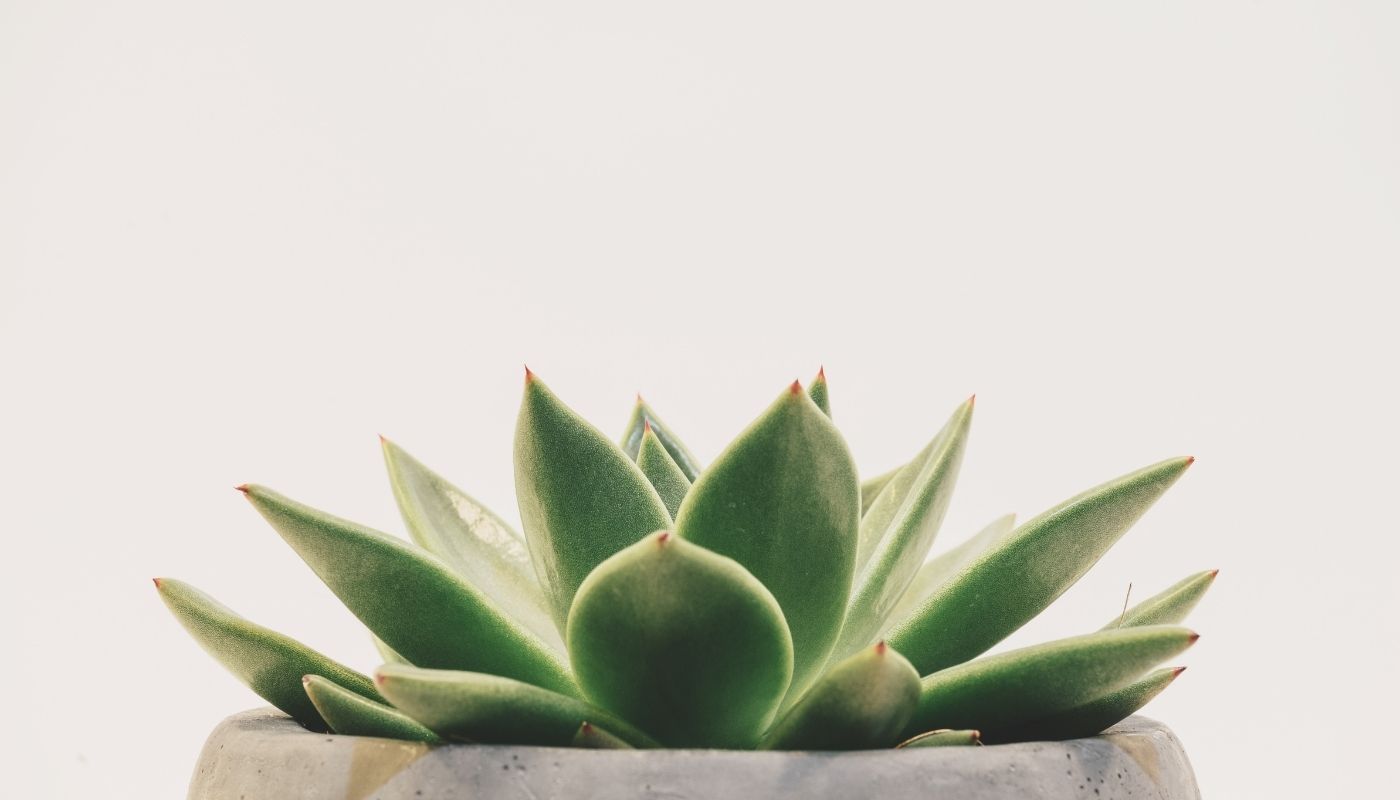
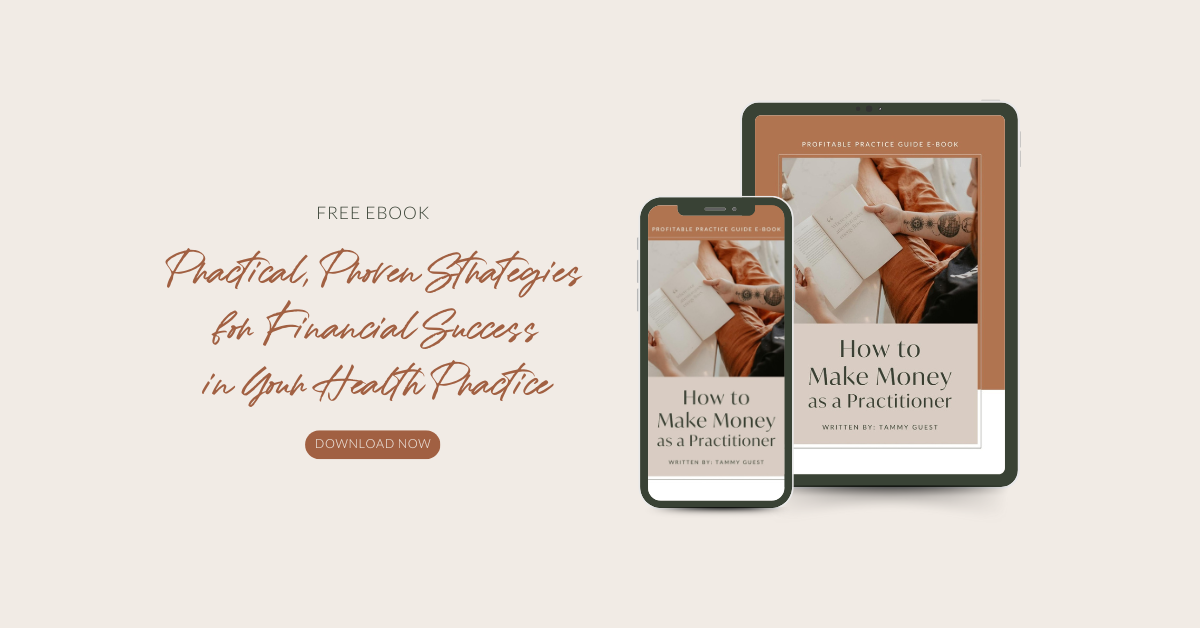
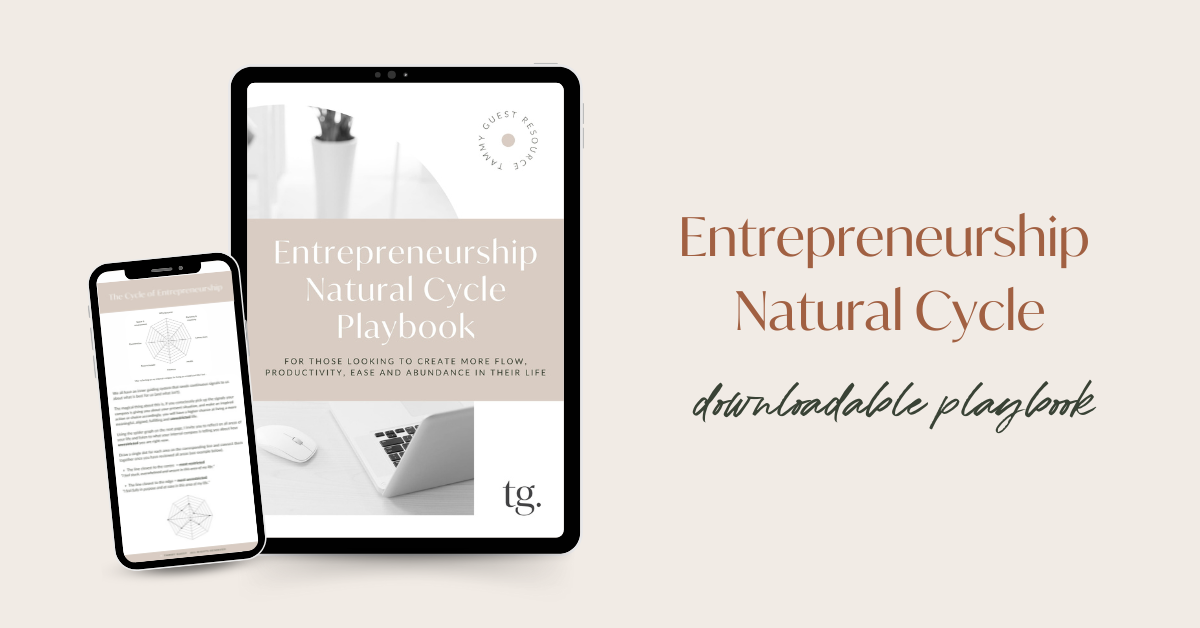
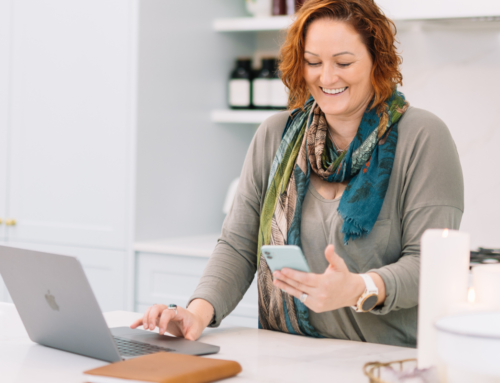

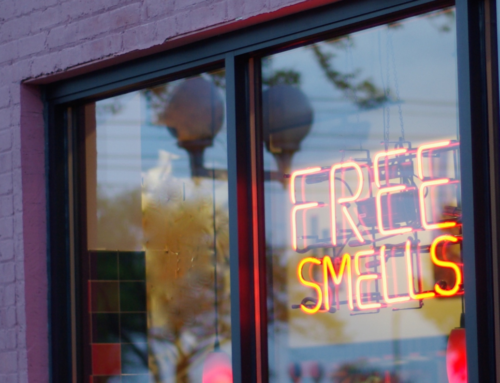
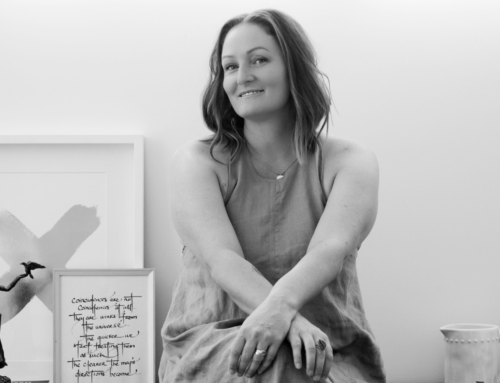

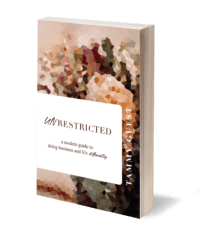
Leave A Comment